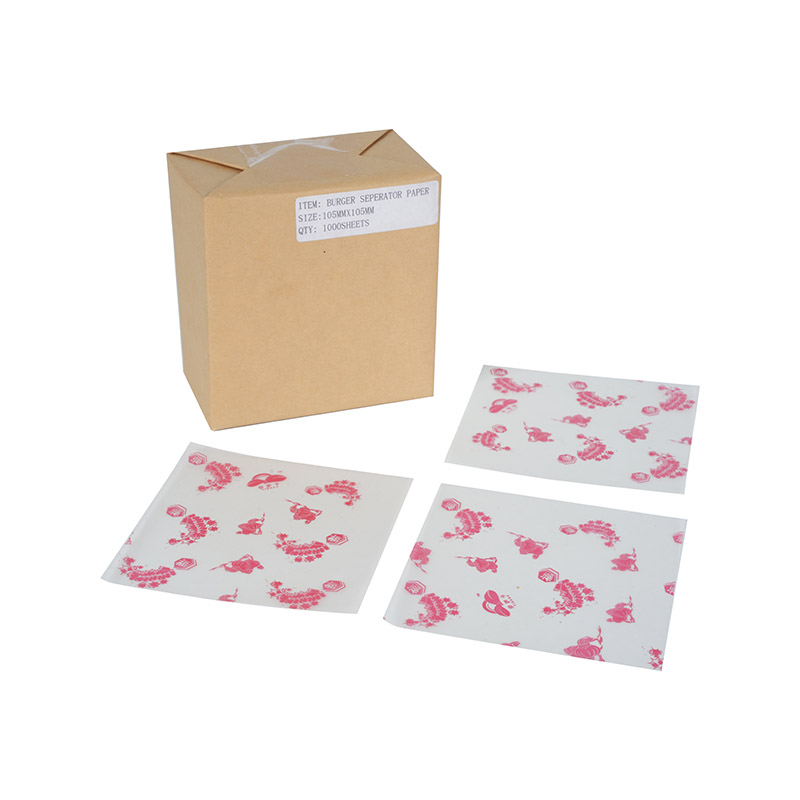At its most basic level, a candy wrapper’s primary function is to protect the candy. Candies, especially those that are coated or contain fillings, need protection from the elements to maintain their freshness. Factors like air, moisture, and light can significantly affect the taste, texture, and overall quality of the candy. Wrappers made from materials like foil or plastic are effective in sealing out these elements and preserving the treat inside. For example, chocolate wrappers are often made of foil, which provides a barrier against moisture and heat, ensuring that the chocolate doesn’t melt or absorb odors from the surrounding environment.
But functionality goes beyond just preservation. In many ways, candy wrappers are part of the experience of eating candy. There’s a certain joy that comes from peeling away the wrapper, whether it’s a foil twist on a piece of toffee or the satisfying tear of a plastic bag filled with colorful gummy bears. The texture, sound, and even the appearance of the wrapper can heighten the sensory experience of enjoying the candy. It’s no wonder that candy companies often spend so much time thinking about how their products are presented to consumers.
Candy wrappers also play a significant role in brand identity. A bright red wrapper can evoke feelings of excitement and energy, while a luxurious gold foil might suggest indulgence and premium quality. The shape, size, and color of a candy wrapper are carefully designed to make an impression on the consumer, signaling what kind of candy it holds. The design is often tailored to a specific audience, too—kids may be drawn to vibrant, cartoonish designs, while adults may prefer something more understated and elegant.

As consumer preferences shift toward more sustainable products, candy companies have begun to rethink their packaging materials. Traditional plastic and foil wrappers, while effective, are not always the best for the environment. Plastics, in particular, are notorious for taking hundreds of years to decompose, contributing to global plastic pollution. In response to these concerns, many candy manufacturers are now experimenting with eco-friendly materials. Some wrappers are now made from biodegradable films or recyclable materials that are less harmful to the planet.
This shift toward sustainability isn’t just good for the environment; it’s also a smart marketing move. Eco-conscious consumers are increasingly looking for brands that align with their values, and companies that adopt greener practices may enjoy enhanced brand loyalty. By switching to more sustainable wrappers, candy companies can appeal to this growing demographic while doing their part to reduce waste.
Innovation in candy wrapper design doesn’t stop with the materials—it extends to creative features that enhance the user experience. For instance, some wrappers now feature resealable closures, allowing consumers to enjoy their candy over multiple sittings without it going stale. This practical design element caters to the growing trend of convenience and portion control in consumer goods. Other companies are embracing interactive packaging, such as wrappers that reveal fun facts, jokes, or games when unwrapped. These features aim to engage consumers in a more playful, memorable way, which can help build a stronger connection with the brand.


 English
English русский
русский










